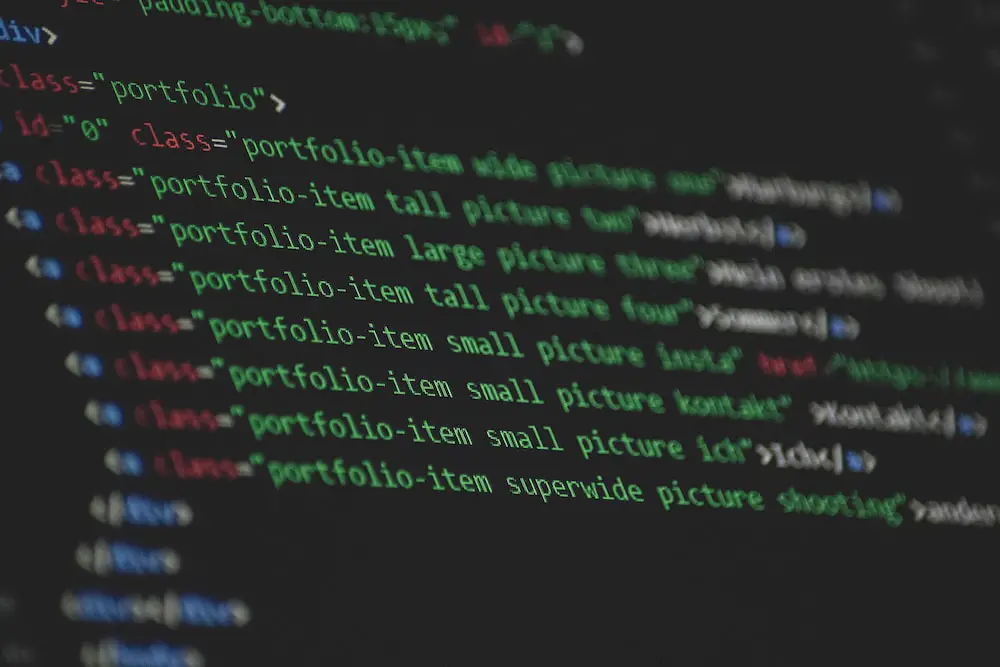How to Use the HTML IMG Tag to Align Images
The HTML IMG tag can be used to align images on a web page. To do this, the “align” attribute is used in conjunction with the IMG tag. The “align” attribute takes one of four values: left, right, top, or bottom.
For example, to align an image to the left side of a page, use the following code:
<img src="image_name.jpg" align="left" />
This will cause the image to appear on the left side of its containing element and any text that follows it will wrap around it on its right side.
Similarly, if you want an image to appear at the top of a page or paragraph use:
<img src="image_name.jpg" align="top" />
This will cause any text that follows it to appear below it in its containing element.
Finally, if you want an image to appear at the bottom of a page or paragraph use:
<img src="image_name.jpg" align="bottom" />
This will cause any text that follows it to appear above it in its containing element.
How to Use CSS Properties for Image Alignment in HTML
CSS properties can be used to align images in HTML. To do this, the following code should be added to the HTML document:
img {
display: block;
margin-left: auto;
margin-right: auto;
}
This code will center the image on the page. To align an image to the left or right of a page, use either “float: left” or “float: right” instead of “display: block”. Additionally, if you want to add a margin around your image, you can use “margin-top”, “margin-bottom”, and/or “margin-left” and/or “margin-right”.
Understanding the Different Types of Image Alignment in HTML
Image alignment in HTML is an important part of web design, as it allows for the positioning of images on a page. There are four main types of image alignment: left, right, center, and inline.
Left Alignment: Left-aligned images are positioned at the left edge of the page or container element. This type of alignment is often used to create a visual hierarchy on a page by placing more important elements further to the right.
Right Alignment: Right-aligned images are positioned at the right edge of the page or container element. This type of alignment can be used to draw attention to certain elements on a page by placing them further away from other content.
Center Alignment: Center-aligned images are placed in the middle of their parent element or container and will remain centered even if that parent element changes size or shape. This type of alignment is often used when creating symmetrical designs with multiple elements that need to remain centered relative to each other.
Inline Alignment: Inline-aligned images are placed within text and will move with that text as it wraps around them or changes size due to user input such as font size adjustments or window resizing. This type of alignment can be useful for creating visually interesting layouts where text flows around an image instead being blocked off from it by margins and padding settings.
Tips and Tricks for Perfectly Aligning Images in HTML
1. Use the HTML IMG tag to insert images into your HTML document.
2. Utilize the “align” attribute of the IMG tag to align images horizontally or vertically within a page.
3. Use the “float” property in CSS to float an image left or right, allowing text to wrap around it.
4. Utilize absolute positioning with CSS by setting the position property of an image to “absolute”. This will allow you to precisely control where an image appears on a page, relative to other elements on that page.
5. To center an image horizontally, use margin: 0 auto; in your CSS code for that particular element and set its width as well (for example: img {margin: 0 auto; width: 50%;}).
6. To center an image vertically, use line-height and vertical-align properties in your CSS code for that particular element (for example: img {line-height: 200px; vertical-align: middle;}).
7. If you are using tables for layout purposes, make sure you set cellpadding and cellspacing attributes of the table tag so that there is enough space between cells and their content.


